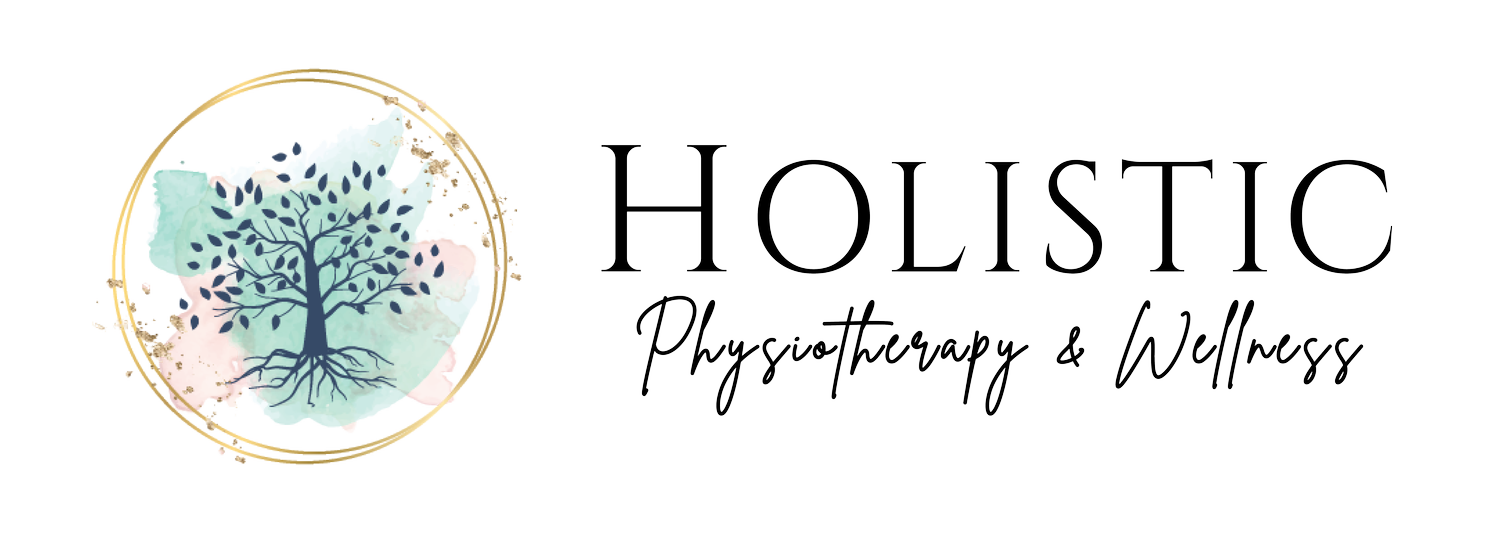The Nitty Gritty on Intervertebral Discs
Written by Madolyn Linka | July 17, 2020
You may or may not have heard of them before, but these little “jelly-filled donuts” called discs live in between each and every vertebra in your spinal column. They are important spinal shock absorbers for the activities in our daily lives, but can also cause us some issues if they herniate, tear, or bulge in the wrong directions around the spinal nerves and cord.
So, let’s dig a little deeper to find out what these discs are made of, how we are learning more about them, and how we can help them stay healthy and happy throughout your active lifestyle.
FACT: Discs are made of 1% cells that constantly die and need to be remodelled. This makes healing from injuries SLOW and time consuming as they continuously change over. The other 95% are made up of collagen/proteoglycans which act like rebar material, holding up the structure or framework of the disc, and most importantly WATER!
The last 4% is some extra-cellular matrix or “glue” that holds it all together.
FACT: The “jelly-filled donut” analogy isn’t completely accurate, but here are the components of the disc - an annulus ring around the periphery, articular cartilage on the vertebral endplates and a nucleus pulposus in the middle (jelly!).
At a biochemical level, the discs have protein side chains which have an ability to bind water. Yet, sometimes enzymes cleave or break apart the gycoprotein molecule which doesn’t allow a high concentration or swelling pressure of water into the discs causing them to be less adaptable shock absorbers and giving them the potential to fail, leading to disc degeneration.
There is a significant difference between the normal aging process of discs and pathological disc degeneration. Ageing happens to our discs, just like it does to our skin, cartilage joints (kness, hips etc.) but pathological disc degeneration doesn’t just happen because our discs have a few decades on them. It occurs because of a structural failure at the cellular level. Known factors that are linked to disc pathology are genetic disposition, significant injury, diabetes and smoking. These factors cause a disturbance in the glue that keeps the disc together, therefore the disc can’t tolerate loads or stressors as easily and the structure then fails under the over-capacity.
Therefore discs tend to recover from injury BEST with interventions such as core and abdominal strengthening, chiropractic care, and extension exercises. Yet, the disc always has a memory of that injured tissue. This is why repeat episodes of disc issues occur in most people time and time again. As health care practitioners, we make sure to consider the functional architecture of the disc when treating patients with these types of injuries. The best outcomes come from working together to reduce pain, create wellness around the discs and allow you to get back to the physical activity that is going to help protect and safeguard your discs in the future.
Madolyn Linka
References:
Image - https://en.wikipedia.org/wiki/Intervertebral_disc
Content - Dr. Mark Erwin, DC, PhD; The Intervertebral Disc: How it works and Clinical case studies



